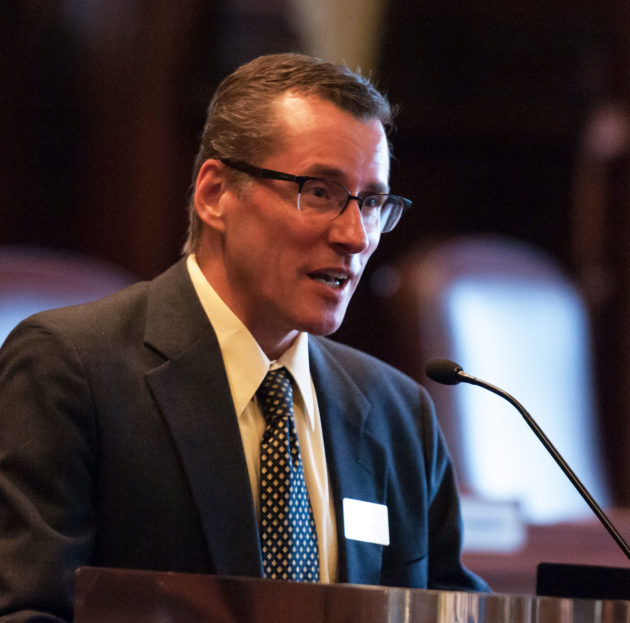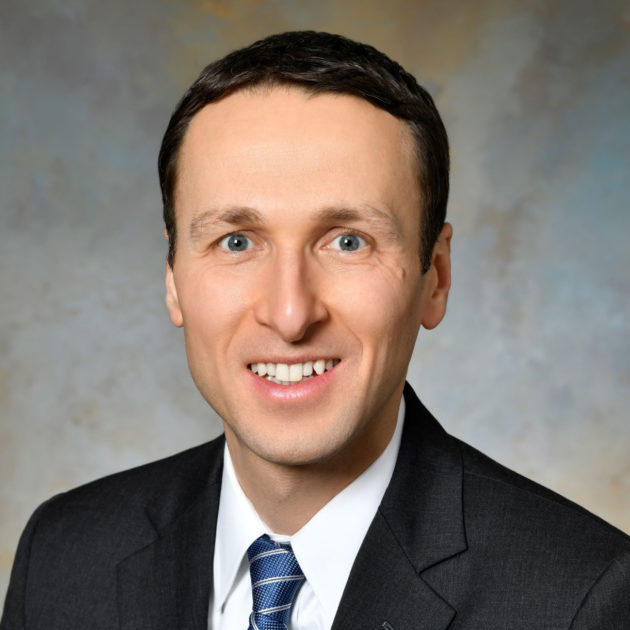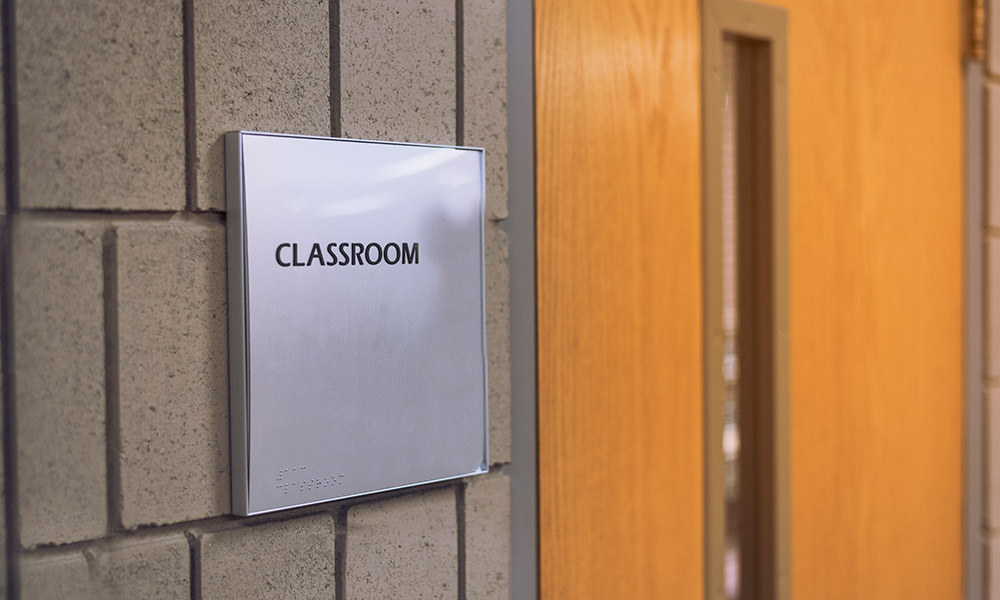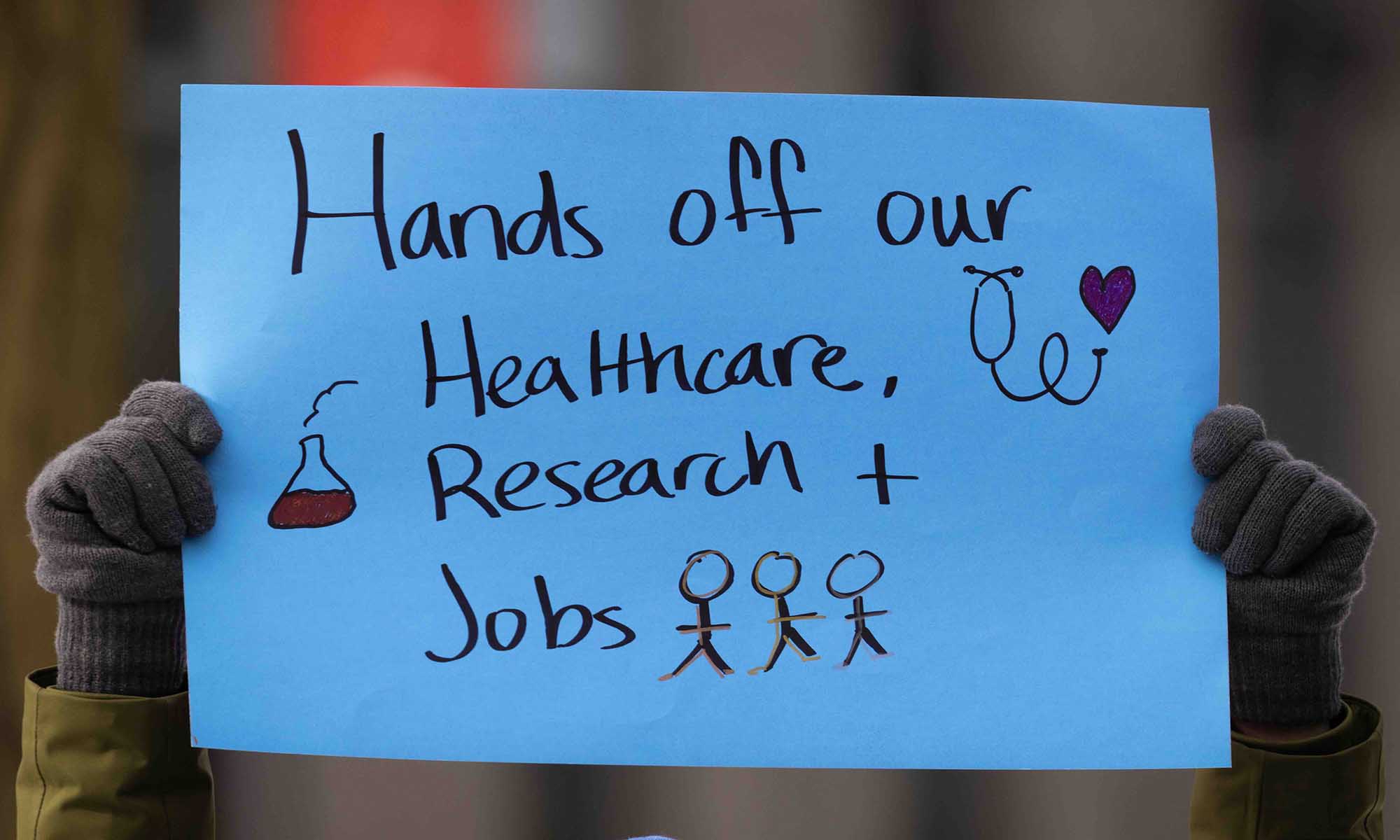Throughout its history, higher education has been the place where students expand their minds further their understanding of the world, and prepare themselves for their lives and careers. While few dispute these goals, many feel the tensions that exist when people from different backgrounds and diverse perspectives gather to learn and express their ideas.
For some, the tenets of the First Amendment, including freedom of religion, freedom of speech, and freedom of the press, are sacrosanct. Any abridgement of those ideals is a threat to higher education’s ability to challenge minds and inspire students to see beyond their own world view.
Others consider free speech at its strongest when we ensure the safety and inclusion of more marginalized and vulnerable voices. Proponents argue for safe spaces and trigger warnings, which serve as notices that sensitive or potentially difficult content will be discussed in class.
Free speech on college campuses came into the spotlight recently when President Donald Trump signed an executive order that would make federal funding for universities contingent on assurances of free speech, and said he was taking “historic action to defend American students and American values that have been under siege.”
Has this tension reached a boiling point on college campuses and created the need for an executive order, or is this an opportunity to shine a light on a widening divide?
University Communications spoke with Matthew Burns, dean of students in Arts, Sciences & Engineering, and David Primo, associate professor of political science and business administration, and the Ani and Mark Gabrellian Professor. The following Q&A has been edited for format. Their full conversation can also be heard below on the latest episode of the Quadcast.
- Read the complete transcript of this episode
- WXXI Connections: Discussing freedom of speech and trigger warnings on college campuses (5/1/2019)
Jim Ver Steeg: Why is the question of free speech important? What’s at stake?
Matt Burns: Virtually everything is at stake. If we’re not careful with regard to defining the boundaries of free speech, we’re going to stop higher education from being a place where inquiry is free. That said, I think we are aware that some voices have been silenced. What to do about that is unclear. For for higher education, the mark has to be pretty high before you start placing limitations on freedom of expression.
David Primo: What’s at stake is what it means for us to have a system of higher education in this country. What’s at stake is the future of free inquiry on college campuses. I don’t think it’s about striking a balance between protective learning environments and free inquiry, but rather saying that we have one specific mission, and that is the pursuit of knowledge. That pursuit will sometimes make us uncomfortable. Notice that I said uncomfortable, not unsafe. When there are threats of violence, we have to draw the line.
We need to be very cautious in stifling inquiry on college campuses. Over the last 20 years we’ve gradually moved towards this notion that speech itself can be violent, even if the speech itself has no overt physical or other violent content. That’s concerning to me.
JVS: The notion of being offended versus feeling unsafe is a really important one. If a person hears speech that seems to be speaking out against them, they may feel threatened. How do we bridge that gap and say this is actually just one person’s opinion?

MB: There is a boundary for freedom of expression, where you can’t incite violence. You can say, “I hate Dean Burns” until you’re blue in the face. But what you can’t say is, “Let’s harm Dean Burns.” What is unclear is the impact that some words have on others. It is a slippery slope, but words do do damage. The question is whether folks, especially in marginalized groups, have felt free to inquire or to challenge, or if they have had their voices silenced. I don’t think we’ve come close to solving that problem.
DP: One of the things I’m doing next year is mounting a new course called Disagreement in a Democratic Society. We have forgotten how to disagree well as a society. That has infiltrated college campuses. It can’t be the case that somebody coming to campus and making a speech that you find offensive is cause for not inviting a speaker in the future, or not inviting that speaker at all.
We must allow ourselves to engage with those with whom we disagree, rather than simply saying, “I find that speech offensive. It is harmful and threatening to me.” Part of the problem is how universities have evolved to focus on students feeling comfortable rather than being in a rigorous learning environment. Those two aspirations can sometimes be in conflict, but the moments when we are uncomfortable are when we can learn the most.
JVS: What does it do to freedom of inquiry when a professor does not feel able to communicate their beliefs or to share their perspectives for fear of retribution by a university? What does that signal to students on campus?
DP : Students learn a lot from us as faculty members, including what it means to engage with the world of ideas. While they will sometimes feel uncomfortable with different ideas, they should feel comfortable in expressing their own perspectives. If they observe that faculty members are hesitant to express their perspectives, I think that sends a really strong message about the appropriate way to engage in discussion.
MB: Discomfort is necessary for learning, but there are individuals who feel more than just discomfort. Someone in the classroom who has a traumatic experience can shut down because of an example or a phrase that is used. Why wouldn’t you challenge yourself, as a faculty member or a fellow student offering a different point of view, to phrase something differently so that everyone can participate.
JVS: There are a lot of different theories around trigger warnings. One is to include them at the beginning of a course. Another is to use the topic at hand to say some students might be affected by this subject matter. Is that a way of policing language or of protecting students?

DP: Generally speaking, I don’t like the idea of universities being involved in mandating how faculty handle sensitive issues in class. That’s really the purview of the faculty member. In my own classes I try to make sure that every student knows that they are going to be treated like an adult and are going to be treated with respect. And then we go from there.
My concern with the concept of trigger warnings is not the spirit in which they were created, but that they’re part of a broader trend. Instead of encouraging our students to have difficult conversations, we are creating protective bubbles for them. I’m not sure that’s serving them well in the long run.
JVS: We see a lot happening in online in social media spaces, where a university doesn’t have a lot of influence with how students are communicating or saying certain things about certain issues. How do we as a university model free speech, but also keep in mind that there are people out there who come from marginalized populations or who are more vulnerable?
MB: An electronic barrier significantly alters the way we communicate. One of the things we can model is where the conversation is happening. Perhaps Facebook is not the place to be having a conversation and we should take it offline and have it face-to-face.
We can model what it looks like to have a civil conversation about a difficult topic. It’s much easier to have a polarized, awful, mean conversation when you’re snapchatting.
DP: If the goal is to have a conversation then yes, face-to-face is superior. If the goal is to score points or to protest, I’m not as convinced that face-to-face is going to address the root issue. Just look at Twitter on any given day to see what happens when people who you might think are reasonable human beings put their ideas into Tweets.
MB: The other thing I face fairly often is this notion that when someone does say something deeply offensive, there’s nothing that can be done about it. It’s just freedom of expression.
It’s true that we don’t use the student code of conduct process to punish speech. But if we as a community really do define these values that we hold, there should be some response. What I’m hearing more and more, though, is that it doesn’t carry the weight of expulsion or suspension. But I simply don’t think that it’s appropriate for us to use the conduct process to punish speech that is protected but deeply offensive.
JVS: How do we encourage students and faculty to respond when we see things that are demonstrably more than just offensive?
MB: It’s perfectly reasonable to expect at an educational institution that you can’t just put something out there for the public to see without having to defend it. That is not punitive. If someone says something offensive or hateful I, as a member of the community or even as dean of students, expect you to sit down and talk to me about it and defend your point of view.
DP: I agree 100 percent that you need to expect that your ideas are going to be challenged on a college campus, but I have a couple of concerns. The first is that increasingly the goal is not to engage with the individual with whom we vigorously disagree. It is to prevent that individual from speaking or seek some sort of punishment for that speech. That goes down a slippery slope where the content of speech determines whether or not it can be expressed on a college campus. Short of inciting violence, we need to be careful about drawing those lines.
The second is when and how faculty members and administrators respond. This gets delicate because they hold positions of power. If a faculty member denounces a student publicly, is he or she expressing a perspective? Does the faculty member create an unfortunate environment for that student?
MB: And it’s not clear that saying nothing also doesn’t send a message.
DP: Fair point.
JVS: Matt, as dean of students, do you use the university’s values as a guide for understanding how to respond to offensive speech?
MB: Yes. Right now we’re in transition from the college’s communal principles to the newly adopted University values. They are very similar. It took me seven years to decorate my office, but on my wall are the principles: fairness, freedom, honesty, inclusion, respect, and responsibility.
Whenever I meet with students about difficult issues, I actually do look to our values. I point at those and we engage in a discussion about what the issue has to do with them. The bottom line is if we’re keeping those principles in mind, now the university values, we’re closer to where we should be.
JVS: Dave, have you had your own contact with students around this notion of freedom of expression?
DP: On the first day of class I tell students that they should always feel comfortable expressing their perspectives in class. And if you’re not, you should tell me, whatever the reason. I started asking students in an optional survey at the beginning of the semester, “Have you ever felt uncomfortable expressing your views, or know that other students felt uncomfortable expressing their views in class?” A surprising number said yes. That’s profoundly saddening to me. It’s important to me for both personal and professional reasons that students are in an environment where they are permitted to express their views without fear of retribution.
JVS: With so much political polarization and a widening divide around freedom of expression, what is our role as a university to engage in this wider conversation around freedom of speech? What can higher education offer the broader conversation?
MB: We have a number of resources right here. The first one that comes to mind is the M.K. Gandhi Institute for Nonviolence which teaches a different way of using language to approach conflict. The Institute and other offices on campus sponsor opportunities to engage in dialogue about race and other difficult issues. There are a good number of people on campus who are very proficient in facilitating those conversations.
DP: One of the things universities can certainly do is educate students about effective ways to disagree. That’s hopefully something I’ll be discussing in my course next year. I also try to do this with the Politics and Markets Project, bringing in panelists from across the political spectrum to debate difficult ideas.
Universities ultimately are about knowledge production, which is a messy, contentious process. Disagreement is an important part of that process. It can lead us to new understandings of the world and of ourselves. That can only come if you are in an environment of free inquiry where faculty members and students are able to explore controversial ideas.




